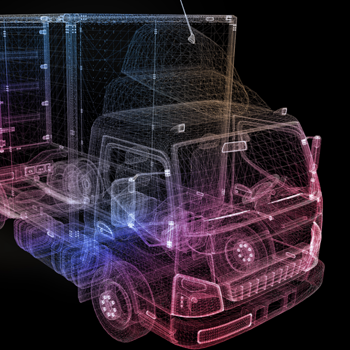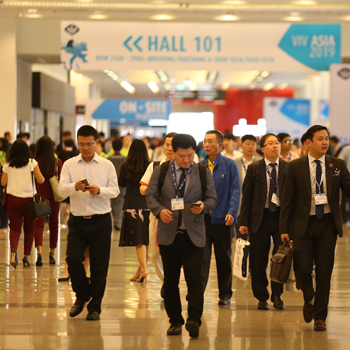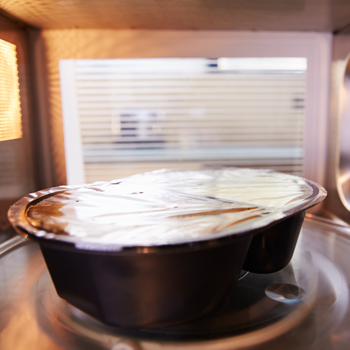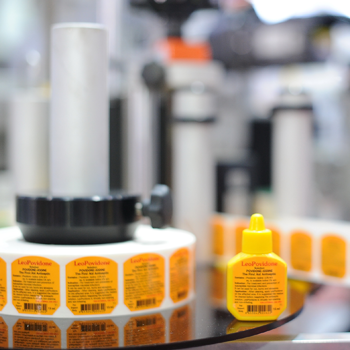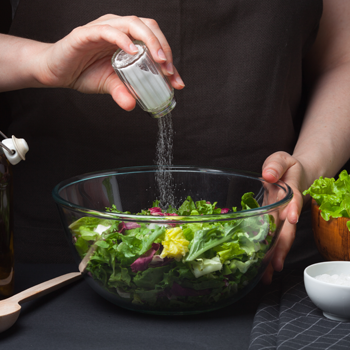จับเทรนด์ Cold Chain Logistics บริการด้านไหนรุ่ง?
By: กมลมาลย์ แจ้งล้อม
Kamonmarn Janglom
Economic Intelligence Center (EIC)
Siam Commercial Bank Public Company Limited
kamonmarn.janglom@scb.co.th
Cold chain logistics หรือระบบการขนส่งและคลังสินค้าแบบควบคุมอุณหภูมิถูกพัฒนาและนำมาใช้มากยิ่งขึ้นกับกลุ่มธุรกิจอาหารและเครื่องดื่มแทนระบบโลจิสติกส์ทั่วไป เพื่อรักษาคุณภาพและลดอัตราการเสียของสินค้า โดยเฉพาะสินค้าประเภทเนื้อสัตว์ ผักและผลไม้ อาหารทะเล อาหารสำเร็จรูป เครื่องดื่ม และผลิตภัณฑ์จากนม สะท้อนได้จากมูลค่าตลาด Cold chain logistics ของไทยในปี 2561 อยู่ที่ประมาณ 2.6 หมื่นล้านบาท หรือมีสัดส่วนประมาณ 5% ของตลาดโลจิสติกส์ทั้งหมด ซึ่งเพิ่มขึ้นจากปี 2560 ที่มูลค่าตลาดมีสัดส่วนเพียง 2% ทั้งนี้ ความต้องการใช้บริการ Cold chain logistics ยังมีแนวโน้มขยายตัวอย่างต่อเนื่องราว 8% CAGR ในอีก 3 ปีข้างหน้า (2562-2565) โดยมีปัจจัยสนับสนุนหลักมาจากปริมาณการส่งออกผลไม้ไปยังตลาดจีนที่เติบโตแบบก้าวกระโดด การกลับมาฟื้นตัวของการส่งออกอาหารทะเลจากการปลดล็อกใบเหลือง IUU Fishing รวมถึงการขยายสาขาอย่างรวดเร็วของธุรกิจร้านสะดวกซื้อและแฟรนไชส์ร้านอาหาร
Cold chain logistics ประกอบด้วย 2 กิจกรรมหลัก ได้แก่ คลังสินค้าแบบควบคุมอุณหภูมิ และการขนส่งสินค้าแบบควบคุมอุณหภูมิ โดยการให้บริการคลังสินค้าแบบควบคุมอุณหภูมิ มีอัตรากำไรขั้นต้นเฉลี่ยสูงกว่าการขนส่งสินค้าราว 15%
ในอนาคตอีไอซีประเมินว่า ในระยะสั้นอัตรากำไรขั้นต้นเฉลี่ยของคลังสินค้าแบบควบคุมอุณหภูมิ มีแนวโน้มเพิ่มสูงขึ้นจากการขยายตัวของอุปสงค์ในตลาดและการปรับขึ้นของอัตราค่าเช่าพื้นที่ราว 5% ต่อปี ขณะที่ต้นทุนการดำเนินการหลักอย่างอัตราค่าไฟฟ้ามีแนวโน้มปรับขึ้นเพียงเล็กน้อย
ขณะที่บริการขนส่งแบบควบคุมอุณหภูมิที่มีพันธมิตรทางธุรกิจมีอัตรากำไรขั้นต้นเฉลี่ยราว 24% และมีแนวโน้มลดลงจากการแข่งขันด้านราคา รวมถึงความเสี่ยงจากความผันผวนของราคาน้ำมัน
Cold chain logistics, a type of logistics that involves warehousing and transportation of products in a temperature-controlled environment, has been continuously developed and increasingly adopted by the food and beverage business to replace traditional logistics services. The benefits of using cold chain logistics are that the quality of products is maintained while the rate of spoilage is reduced, especially for meats, fruits and vegetables, seafood products, ready meals, beverages, and dairy products. The increasing demand of cold chain logistics is reflected in its market value as it has grown to THB 26 billion, or accounts for 5% of a total logistics market rising from 2% in 2017. The market value of cold chain logistics is also likely to continue to grow by 8% CAGR in the next three years (2019-2022) with the main supporting factors; the exponential growth of fruit exports to China, the recovery of seafood exports after the lifting of IUU Fishing yellow card, and the rapid expansion in the number of convenience stores and restaurant chains.
Cold chain logistics consists of two important temperature-controlled activities: warehousing and transportation. On average, temperature-controlled warehousing yields a higher gross profit margin than transportation by 15%.
EIC expects gross profit margin for the temperature-controlled warehousing in short term to increase due to a higher market demand and higher rental fees that averagely grow by 5% per year. Meanwhile, the costs of electricity, an important direct cost for this type of business, is likely to grow by a small amount.
Temperature-controlled transportation with business partners have a gross profit margin of 24% but are likely to decline due to a price competition and the risk from oil price fluctuation.
